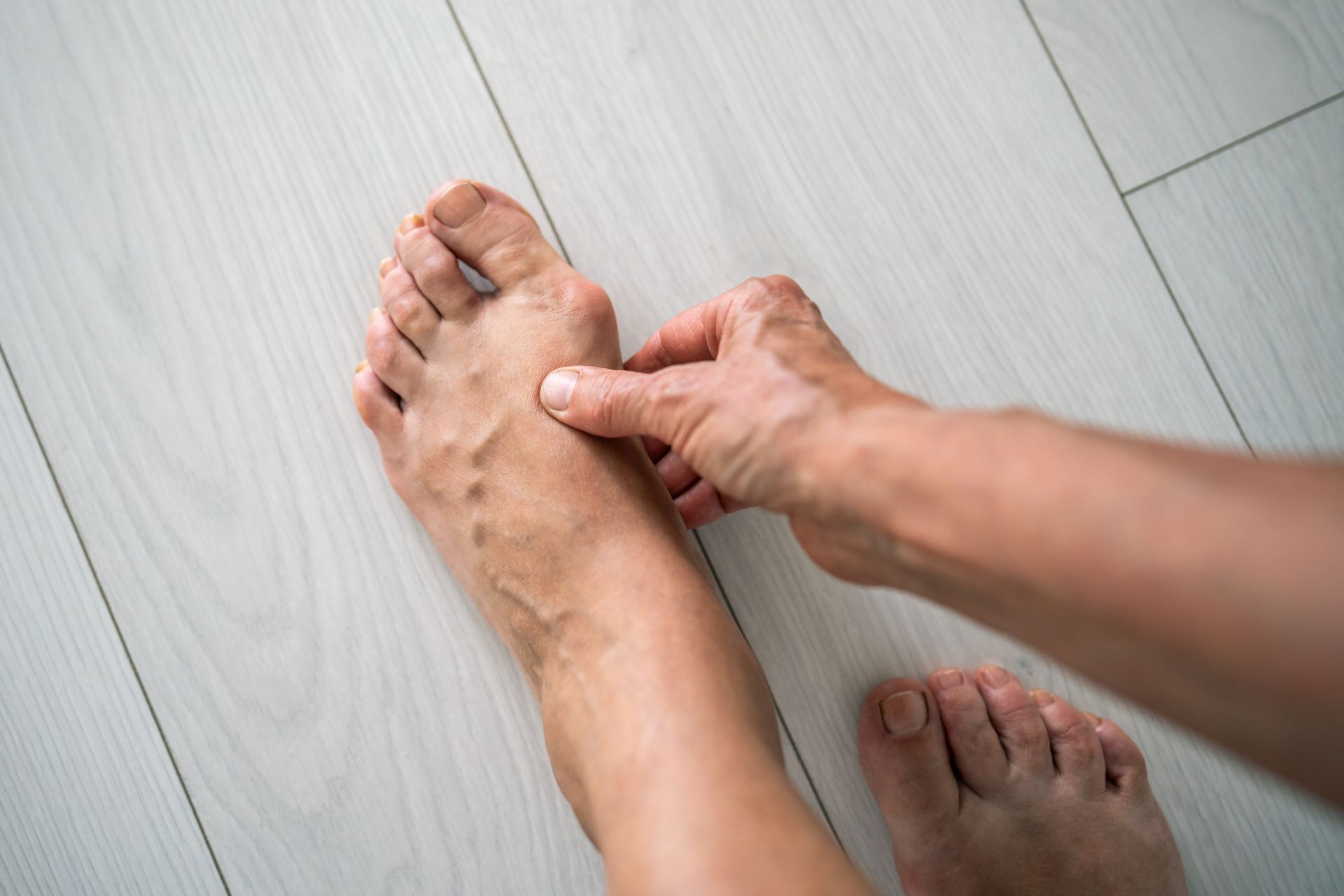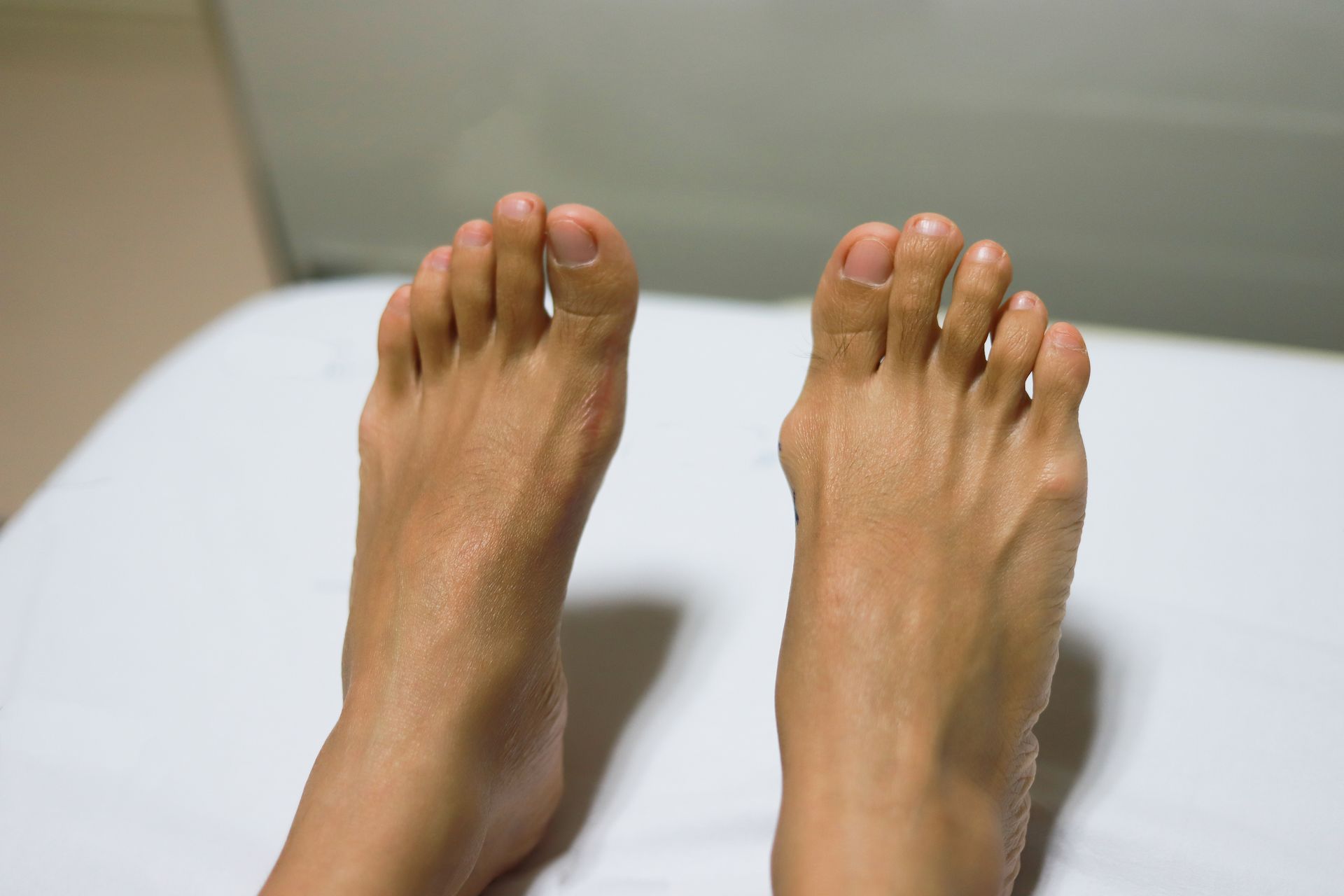Flatfeet Complications & Treatments for Baton Rouge Patients
A Baton Rouge Foot Specialist Discusses Treatments for Flat Feet
Almost everyone’s arches lower to some degree when standing. This allows the feet to absorb shock, accommodate for different surfaces (grass, cement, tile, gravel) and to take pressure off of the knees and lower back. Of course, every person is unique, and this includes the amount of flexion in the foot’s arch. While about 60 percent of the population are estimated to have medium, bio mechanically efficient arches, the remaining 40 percent are split between excessively high or low arches. In the case of the latter, the arch is not well defined and sits very low to the ground. This condition is commonly referred to as flatfeet.
What Are Some of the Potential Complications of Flatfeet?
Flatfeet are often present from childhood, when the arches of the feet fail to fully develop. In other cases, fallen arches occur in adulthood due to injury or wear and tear with age. For some, this excessive lowering of the foot’s arch causes no discomfort or complications. However, for many others side effects such as pain and instability become problematic.
Among the potential complications of flatfeet are:
- General Pain – The pain that arises from flatfeet is often located at the foot, the inside of the ankle, or the lower leg. However, it may also occur in the knees, hips, or other joints due to muscle strain from poor alignment. Typically, discomfort is at its worst when physically active and improves with rest.
- Bunions – A bunion is a bony bump that appears at the joint at the base of the big toe. Often the result of ill-fitting shoes, individuals with flatfeet are more prone than others to this painful condition.
- Plantar Fasciitis – The plantar fascia is a broad band of tissue that connects the heel to the toes. Excessive stretching of this tissue can lead to tears and inflammation, resulting in stabbing pain in the heel or arch. Flatfeet over-pronate, or roll too far inward, when standing or walking, placing excessive strain on the plantar fascia which causes plantar fasciitis .
Additionally, flatfeet may contribute to or exacerbate conditions such as arthritis in the ankles or feet, shin splints, Achilles tendonitis, or posterior tibial tendinitis. When any of these conditions are present, it is important for patients to seek the help of a foot specialist, who can help restore both comfort and health to the affected areas.
A physical exam and x-rays can help determine if flatfeet are problematic. Occasionally an advanced imaging technique such as an MRI scan is necessary in establishing a diagnosis. Most painful flatfeet can be treated with simple measures such as custom-designed arch supports known as orthotics. A physician may also recommend stretching exercises, supportive shoes, or physical therapy to help offset any bothersome symptoms associated with flatfeet.
If you are experiencing pain or discomfort as a result of flatfeet or have any questions or concerns regarding your feet or ankles, contact
Bone and Joint Clinic of Baton Rouge
or
make an appointment with Dr. Patrick Hall
by completing our appointment form. Regardless of the issue you may be experiencing, our foot and ankle specialists can have you, quite literally, back on your feet in no time.


